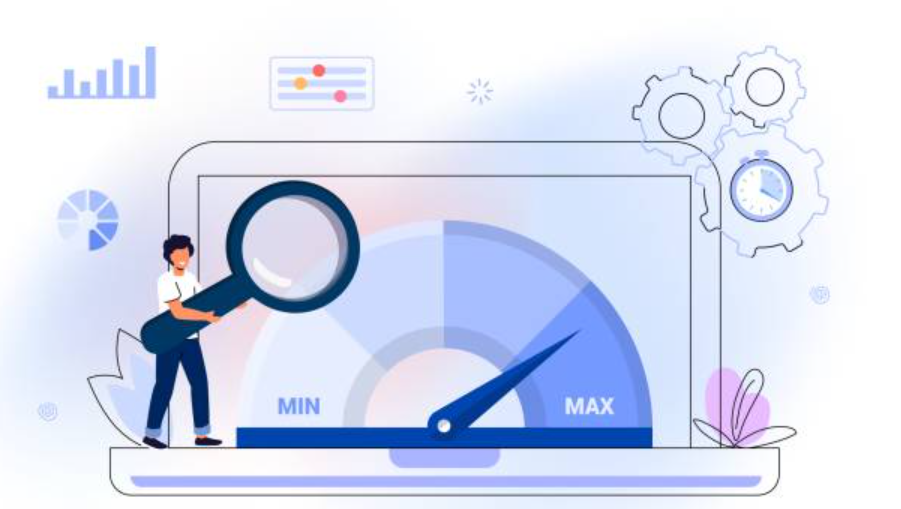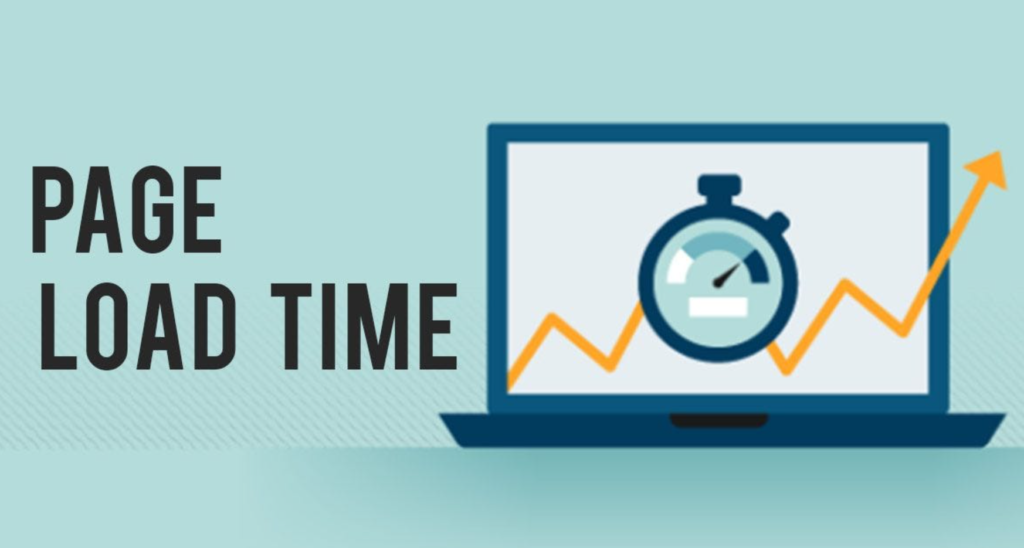In today’s fast-paced digital world, the speed of your website can make or break the user experience. Studies show that a mere one-second delay in page load time can lead to a significant drop in page views, customer satisfaction, and conversion rates. Moreover, search engines like Google consider page speed as a ranking factor, making it essential for search engine optimisation (SEO). This guide explores the critical role of analytics in identifying and addressing page load issues, ensuring your website performs optimally for every visitor.
Understanding Page Load Times
What is Page Load Time?
Page load time is the duration between clicking a link or typing in a web address and the page fully displaying on your screen. It’s a critical metric because it directly impacts user experience and engagement. A slow-loading page can frustrate users, leading them to abandon your site, while a fast-loading page can enhance user satisfaction and lead to higher conversion rates.
Key Factors Influencing Page Load Times
Several factors can affect the speed at which your page loads, including:
- Web Hosting and Server Performance: The quality of your web hosting service and the capacity of your server can significantly influence your site’s speed.
- File Sizes and Types: Large files, especially images, videos, and custom fonts, can slow down your website.
- Browser and Device Compatibility: How well your website performs across different browsers and devices can impact load times.
- Third-party Scripts and Plugins: External scripts for analytics, ads, or functionality widgets can also slow down your site.
The Role of Analytics in Optimising Page Load Times
Analytics tools such as Google Analytics, GTmetrix, and Pingdom play a pivotal role in monitoring and improving page load times. These tools offer deep insights into how your website performs in real-world scenarios, providing detailed metrics that can help pinpoint the root causes of slow loading times. By leveraging these analytics, you can implement targeted optimisations to enhance your website’s performance effectively.
Setting Up and Configuring Analytics Tools
Integrating the Tool with Your Website: To start collecting data, you must first integrate the analytics tool with your website. This usually involves adding a piece of code provided by the analytics service into the HTML of your website. For instance, Google Analytics requires you to insert a tracking code snippet into the header of every page you wish to monitor. This code enables the tool to track page visits, load times, and other relevant metrics.
Setting Up the Appropriate Metrics for Tracking: Once integrated, the next step is to configure the tool to track specific metrics related to page load times. Key metrics include:
- Page Load Time: The total time it takes for a page to become fully interactive.
- Time to First Byte (TTFB): The time from the user or browser making an HTTP request to the first byte of the page being received by the browser.
- Start Render Time: The time it takes for something to be visually presented on the page.
These metrics provide a comprehensive view of your site’s performance from both a technical and user experience perspective.
Configuring Alerts for Performance Dips: Many analytics tools allow you to set up custom alerts that notify you when your website’s performance falls below a certain threshold. For example, you can create an alert in Google Analytics to notify you when the average page load time exceeds 3 seconds. These alerts enable you to respond quickly to performance issues, often before they significantly impact your users.
Interpreting Analytics Data

- Identifying Pages with Poor Performance: Analytics tools offer detailed reports that allow you to see the performance of individual pages on your website. By analysing these reports, you can identify which pages are loading slowly. Look for patterns or commonalities among these pages, such as large images, excessive use of JavaScript, or unoptimised CSS.
- Understanding the Impact of Different Factors: The data from your analytics tool can also help you understand how various factors affect your website’s load time. For example, you might find that load times are slower for users in certain geographic locations, indicating that you could benefit from using a Content Delivery Network (CDN). Similarly, performance might vary across different devices or browsers, suggesting a need for better optimisation or compatibility testing.
- Prioritising Optimisations: Armed with detailed analytics data, you can prioritise optimisation efforts based on the impact they’re likely to have. Start with the low-hanging fruit—issues that are easiest to fix but can have a significant effect on performance, such as optimising images or minifying CSS and JavaScript files. From there, move on to more complex optimisations like improving server response times or implementing advanced caching strategies.
Optimisation Strategies for Improved Page Load Times
Optimising Images and Media
Images and media files are often the largest elements on a page. Optimising these files by compressing them, using appropriate file formats, and implementing responsive design techniques can significantly improve load times.
Leveraging Browser Caching
Browser caching stores copies of files locally on a user’s device, reducing the need to fetch them from the server on subsequent visits. Properly configuring your caching policy can make a big difference in loading times for returning visitors.
Minifying and Combining Files
Reduce the size and number of CSS and JavaScript files by minifying them and combining multiple files into one where possible. This reduces the number of HTTP requests needed to load your page, speeding up the process.
Utilising Content Delivery Networks (CDNs)
CDNs distribute your content across multiple, geographically dispersed servers, reducing the distance between your users and the server hosting your site’s content. This can significantly improve load times for users far from your primary server.
Advanced Techniques
Exploring advanced techniques like implementing Accelerated Mobile Pages (AMP) for mobile users and leveraging HTTP/2 can further improve your site’s performance.
Measuring the Impact of Optimisations

Optimising your website’s performance is not a one-and-done task but an ongoing cycle of improvement, measurement, and further refinement. The real value of optimisations can only be understood by methodically measuring their impact. This involves setting up controlled experiments to compare optimised elements against their original versions and analysing the resulting data to gauge the effectiveness of your changes.
Setting Up Controlled Experiments
A/B testing, also known as split testing, is a powerful method for comparing two versions of a web page to see which one performs better. You show the original version (A) to one group of users and the optimised version (B) to another. By comparing user behavior and page performance across these two groups, you can conclusively determine which version offers the best outcomes in terms of page load times, user engagement, and conversion rates. Once your A/B test is underway, closely monitor the analytics to see how the optimisations affect page load times. Tools like Google Analytics or specialised web performance monitoring solutions can provide real-time insights. Look for a reduction in metrics like Time to First Byte (TTFB), Full Page Load, and Start Render times for the optimised version.
Making Data-Driven Decisions:
The data collected from your A/B tests and ongoing analytics should guide your next steps. If the optimisations have positively impacted performance and user behavior, consider applying similar changes across other pages or elements of your site. If the results are inconclusive or negative, it may be necessary to revisit your approach, considering different optimisation strategies or further refining the changes you’ve made.
Continuous Monitoring and Iteration:
Even after successful optimisations, it’s essential to continue monitoring your website’s performance. User expectations and web technologies are constantly evolving, and what works today may not be as effective tomorrow. Regularly reviewing your analytics and conducting further A/B tests will help you stay ahead of the curve, ensuring your website remains fast, user-friendly, and competitive.


